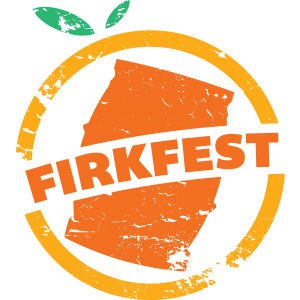
Did your craft beer fall off the back of a truck? No, I am not implying that your favorite beer is brewed by the mob but is your favorite watering hole putting a hand out in front of your local brewer asking for something/anything before a beer can go on tap?
Apparently it is a big enough issue in Boston that Dann Paquette from Pretty Things Beer & Ale Project took to Twitter to call out places that do just that with the hashtag #dirtylines. Simply put, those establishments that un-politely ask for money for tap handle space. In radio that scandal earned the sobriquet, Payola and that is exactly what it is here. And it is currently illegal in the three-tier system. The reasoning being that a large pocketed brewery could block access to the wares of a less wallet endowed competitor and that would NOT be the Free Hand of Adam Smith in the marketplace. That is why there are no Budweiser Taverns that carry only Bud products and I would think that barring their own payola issues that even Republicans and Democrats would agree on this.
This obviously exploded on the craft beer websites with this nicely phrased Esquire article being tagged multiple times.
But it led me to ask the following question: How do you prove that a bar or restaurant is doing this? And how do you stop a shame based social media onslaught? Beacause, let’s face it, Pretty Things will sell beer based on the fact that they make good beer. It may not be on tap in Boston (especially now) but I will certainly buy more in solidarity with them having the guts to name names. I posted the Esquire piece on the LA Beer Blogger Facebook presence and there were comments asking for names but no comments with names.
But how do I, Joe Beer Blogger find out if a bar that I frequent is doing this? If I see great tap lists dominated by locals, is it OK? If the owner of Brewery A holds events there does that mean the bar is kosher? Or is there some app that shows which bars do it and what percentage of their taps are “bought”? Without the information to effectively spend my money elsewhere, I am just left to guess and hope that the people I am friends with are playing fair. Or do I casually start talking about it at the bar and see if I get thrown out for seditious talk?
I also don’t want to see Yelp-ian witch hunts against a business without proof. Don’t “assume” or “guess” that a place is worthy of being #dirtylines material. Make sure before you start typing. There are enough uninformed and flat out stupid reviews out there to last five lifetimes. Don’t add to the pile of crap. Add to the helpful pile.
Lastly, if I find out that any of the places that I go to are doing this as a matter of “business” or as standard operating procedure. I will not go to that place and if I write about that place, I will say that they extort money for lines at the end of each post. If I, as a blogger, am held to some strange undefined, ethical standard where I am not supposed to get “freebies” while writing basically for FREE then why should a bar, who is making money off selling beer be allowed to hold a beer hostage from you and me?
It is hard enough to work distribution deals out. See Clown Shoes for an example. To get squeezed on both ends is just wrong. It amounts to a perverse form of Double taxation
The end goal is to have choice. A capitalistic system requires competition. I should be able to get the widest possible amount of beers. Anyone or anything that circumvents that is doing craft beer a disservice.
 Fourth of July. Perfect for craft beer. So many different ways to pair beer with hamburgers, hot dogs or for the more adventurous ribs. I will be assisting (OK, watching) a friend home brew for the first time. So there will be stories to tell even without a grill. And also coming this month…..
Fourth of July. Perfect for craft beer. So many different ways to pair beer with hamburgers, hot dogs or for the more adventurous ribs. I will be assisting (OK, watching) a friend home brew for the first time. So there will be stories to tell even without a grill. And also coming this month…..